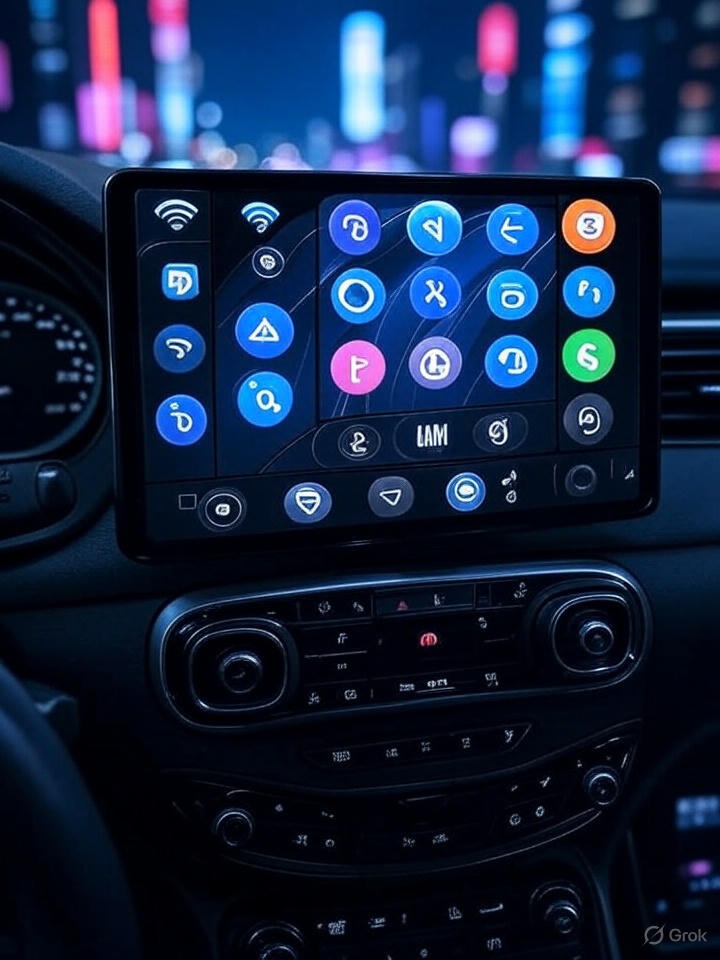Google released the first monthly patch for Android 16 on Pixel devices (build BP2A.250705.008) marking the inaugural update under the new major operating system. This update, though lean on feature additions, focuses on improving stability in two key areas: Android Auto visuals and Wi‑Fi connectivity (Globedge).
What’s Included in the Update
1. Android Auto: Enhanced Visual Performance
- The update includes a Display & Graphics fix to deliver smoother visual experiences in Android Auto. This addresses UI lag, visual artifacts, and performance slowdowns reported by users when navigating through maps, menus, or notifications while using car mode (9to5Google).
2. Wi‑Fi Connectivity Stability
- A Wi‑Fi fix improves connectivity stability and performance under specific conditions helping resolve issues such as unexpected disconnections or slow speeds that some users encountered after upgrading to Android 16 (9to5Google).
These targeted improvements constitute this month’s core functional patches. Besides these, no new Android security patches specific to Pixel devices are included, although the update implements the generic Android security patch level dated July 1 or 5, 2025, as part of the broader OS level (9to5Google).
Devices & Rollout Details
- The update applies to Pixel 6a through Pixel 9 Pro Fold, including the Pixel Tablet and all variants in between. Notably, Pixel 6 and 6 Pro have not yet received this update though they remain on Google’s update schedule (Droid Life).
- Google began the phased rollout on July 8, with availability gradually expanding across regions and carriers (Droid Life, Google Help).
Pixel 6a Battery Program Activation
- For Pixel 6a users, the update kicks off the Battery Performance Program. The phone will gradually throttle battery capacity and charging performance once the battery reaches 400 charge cycles, meant to prevent overheating and preserve long-term health (Droid Life).
This mandatory management system activates only on “impacted devices” i.e., those already showing signs of battery degradation. Users can check eligibility via Google’s official support documentation (Android Authority).
Why This Update Matters
- It represents the first real patch for Android 16, signaling Google’s commitment to incremental stability improvements ahead of major quarterly updates (QPRs).
- Although small in scope, the Visual and Wi‑Fi fixes address common pain points that can impact usability in daily and in car contexts.
- The Pixel 6a battery throttle system reveals Google’s continued use of software-based interventions to manage aging hardware an increasingly controversial approach requiring clear communication to users.
- Importantly, this patch underlines Google’s philosophy of delivering bug fixes even when a new feature set isn’t present, contrasting with more feature laden leaks typical of larger updates (Droid Life, androidheadlines.com).

Feature Snapshot
| Focus Area | Improvement | Scope |
|---|---|---|
| Android Auto (Display/Graphics) | Smoother menus, navigation visuals | UI, performance in car mode |
| Wi‑Fi Connectivity | Enhanced network stability, fewer dropouts | Device level Wi‑Fi driver fixes |
| Pixel 6a Battery Management | Throttle performance post-400 charge cycles | Targeted OS level battery limit |
| Security Patch | Base level July security in Android 16 | Android Security Patch Level only |
Final Thoughts
While this July update is not feature rich, it addresses two specific, quality of life issues in Android Auto and Wi‑Fi connectivity likely solving frustrations for many Pixel users. As Google’s first monthly patch under Android 16, it also establishes a baseline for future fixes and stability improvements as the ecosystem prepares for additional updates in August and the forthcoming QPR1 redesign (9to5Google).
Pixel 6a users should note the update also initiates battery management limitations post 400 charge cycles a decision with both safety and user satisfaction implications. For all supported devices, it’s wise to check for updates in Settings → System → Software update, and consider a manual refresh if the OTA hasn’t arrived yet.

